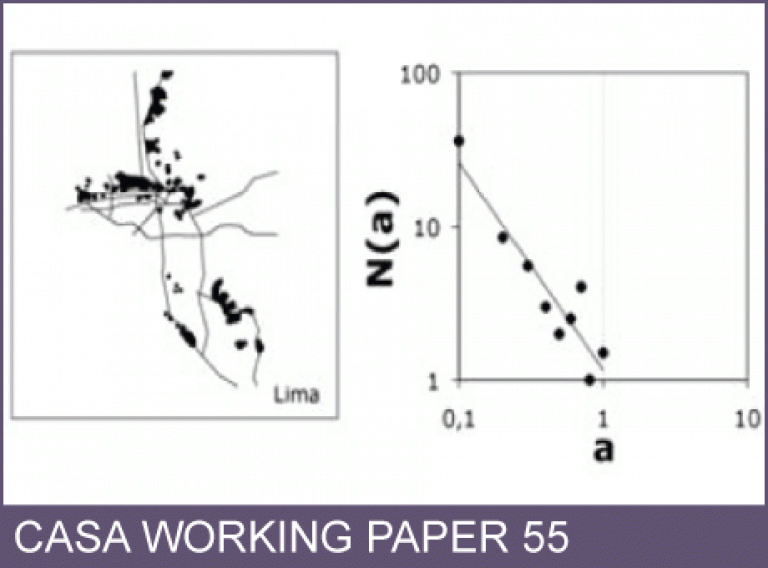CASA Working Paper 55

1 June 2002
City of Slums: self-organisation across scales
The city is certainly a fine example of a complex system, where the parts can only be understood through the whole, and the whole is more than the simple sum of the parts. In the present paper we explore the idea that some of these parts are themselves complex systems and the interrelation between complex subsystems with the overall system is a necessary issue to the understanding of the urban complex system.
Spontaneous settlements are clear examples of complex subsystems within a complex urban system. Their morphological characteristics combined with their development process are traditionally understood as chaotic and unorganised. And so are Third World cities, traditionally known for their inherent chaotic and discontinuous spatial patterns and rapid and unorganised development process. The paper consists in a brief theoretical analysis developed on the interrelationship between two urban processes across scales: the local process of formation of inner-city squatter settlements and the global process of urban growth. What is the role that spontaneous settlements play in the global dynamics of the city? We explore this issue by analysing experiments of 'City-of-slums', an agent-based model that focuses on the process of consolidation of inner-city squatter settlements within a peripherisation process. The paper also includes two previous studies on these topics where the dynamics of these two urban processes are examined as two isolated complex systems and an analysis of the morphological fragmentation of the distribution of spontaneous settlements within the overall city and within the spontaneous settlements themselves. Based on these analyses, we conclude with a brief discussion on the role of self-organisation in the socio-spatial dynamics of Third World cities.
This working paper is available as a PDF. The file size is 384KB.
Authors: Joana Barros, Fabiano Sobreira
Publication Date: 1/6/2002
 Close
Close

